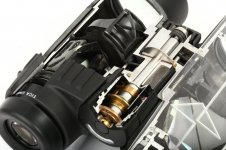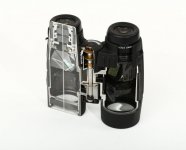Lee,
I have a Leica R3 dating back to the 1980s with a 90mm F2 Summicron lens. I haven't used it in ages. If my memory is correct one was made in Portugal and the other in Canada but I can't remember which. I must dig it up and see.
I have a Leitz 7x42 Trinovid BA that says "Germany" on it and a Leica 7x42 Trinovid BN made in Germany and a Leica 8x42 Ultravid Blackline made in Portugal and a Leica 8x20 BCA Trinovid that does not identify anywhere on it where it was made.
Bob
The Leitz facility in Canada made the first generation of the excellent Panavision Primo lenses. We have all seen countless films shot with them over the years.
The factory is now called Elcan and make military optics.
https://en.wikipedia.org/wiki/ELCAN_Optical_Technologies






